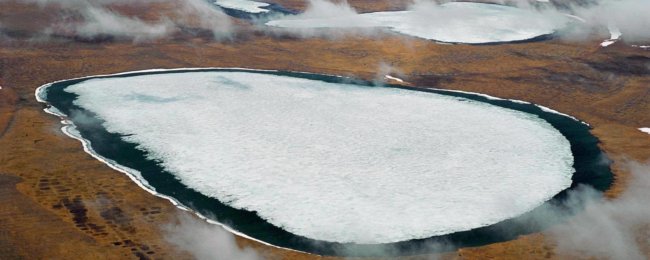
Throughout the history of our planet people co-existed with bacteria and viruses. We were looking for ways to resist bubonic plague and smallpox, and they responded by looking for ways to infect us. For almost a hundred years we use antibiotics since Alexander Fleming discovered penicillin. In response, bacteria have acquired antibiotic resistance. The battle has no end. We spend so much time with pathogens, which in turn set up each other to a standstill. However, what happens if we suddenly are faced with deadly bacteria and viruses, which are not seen for thousands of years or never seen?
Perhaps we’ll find out soon. Climate changes result in melting permafrost soils that have been frozen for thousands of years, and as the melting of soil out ancient viruses and bacteria that come alive and return to life.
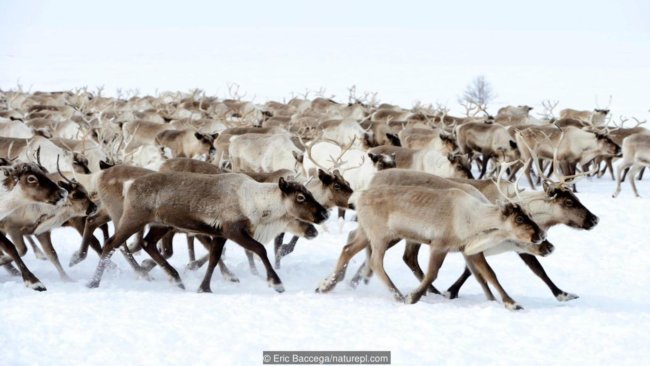
In August of 2016 in a remote corner of the Siberian tundra on the Yamal Peninsula, died 12-year-old boy and at least twenty people were hospitalized after Contracting anthrax.
It has been suggested that more than 75 years ago deer infected with anthrax, has died and his frozen skeleton trapped under a layer of frozen soil under permafrost. There he remained until the summer of 2016, when due to heat the permafrost thawed. Thus released the corpse of the deer and the infection of anthrax in the coming water and soil, and then in the food supply. People were under threat.
The scary thing is that this may not be a single case.
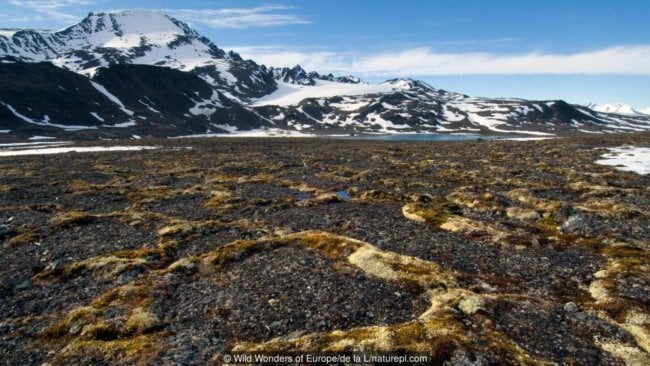
The land heats up and thaws more permafrost. Under normal conditions the surface layers of permafrost depth of about 50 cm has thawed every summer. But global warming is gradually strip the old layers of permafrost.
Perennial frozen soil — the perfect place for bacteria remained alive for long periods of time, perhaps millions of years. This means that melting ice could potentially open a Pandora’s box of disease.
The temperature in the Arctic circle is growing rapidly, about three times faster than the rest of the world. Out can go and other infectious agents.
“Permafrost is a great Keeper germs and viruses because it’s cold, dark and no oxygen,” says evolutionary biologist Jean-Michel Clavery from AIX-Marseille University in France. “Pathogenic viruses that can infect animals and plants could be preserved in old permafrost layers, including those that caused a global epidemic in the past.”
Only in the early 20th century more than a million reindeer died from anthrax. In the North is not so easy to dig a deep grave, so the majority of these carcasses were buried close to the surface, 7000 scattered graves in Northern Russia.
What else might be hiding under the frozen ground?
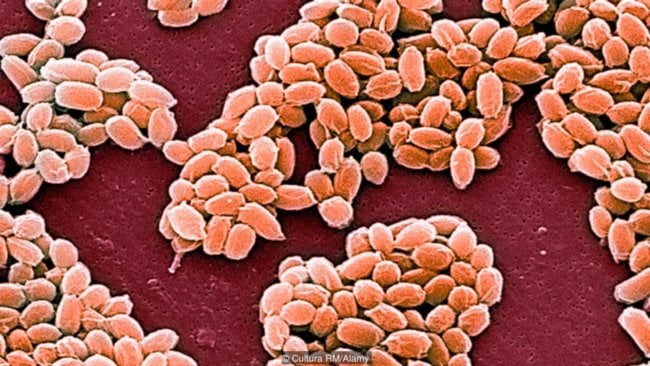
People and animals were buried in eternal merzlote hundreds of years, so it’s possible that the outside can go and other infectious agents. For example, scientists have found fragments of RNA of the virus of the Spanish flu in dead bodies, EN masse buried in the tundra of Alaska. Smallpox and bubonic plague is also buried in Siberia. In the study in 2011, Boris Revich and Marina Podolny wrote: “as a result of permafrost melting, the vectors of deadly infections of the 18th and 19th centuries may come back, especially near the cemeteries where they buried the victims of these infections.”
In the 1890-ies in Siberia was a serious smallpox epidemic. One city lost 40% of its population. The bodies were buried under the top layer of permafrost on the banks of the Kolyma river. In 120 years the flood of the Kolyma river began to destroy the shore, and the thawing of permafrost has accelerated this process of erosion.
In the project, which began in the 1990’s, scientists from the State research center of Virology and biotechnology in Novosibirsk have studied the remains of the stone age people discovered in southern Siberia, near Altai mountains. They also studied samples from corpses of people who died during viral epidemics in the 19th century and were buried in the permafrost of Russia.
Scientists say they found the body with ulcers, the characteristic signs of smallpox. Although they did not find the virus of smallpox, they found fragments of DNA.
Of course, this is not the first case when bacteria are frozen in the ice, to come alive again.
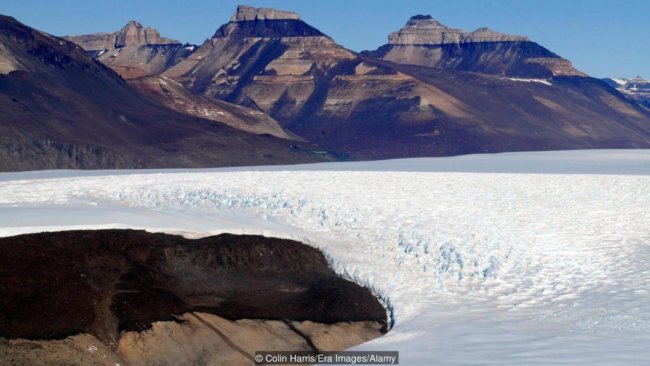
In a 2005 study, NASA researchers have successfully revived a bacterium enclosed in a frozen pond in Alaska for 32,000 years. Germs called Carnobacterium pleistocenum have been frozen since the Pleistocene, when woolen mammoths still roamed the Earth. As soon as the ice melted, they have again started to swim as if nothing had happened.
Two years later, scientists were able to revive the bacteria by the age of 8 million years who slept in the ice under the surface of the glacier in the valleys of the beacon and Mullins in Antarctica. In the same study, bacteria recovered from the ice, which was more than 100 000 years.
However, not all bacteria can come back to life after freezing in the permafrost. Anthrax bacteria can do it, because form extremely resilient spores that can live in a frozen state for a very long time.
Other bacteria that can form spores and therefore survive in the permafrost, include tetanus and Clostridium botulinum, responsible for botulism: a rare disease that can cause paralysis and lead to death. Some fungi can also survive in the permafrost for a long time.
Some viruses can also survive for long periods of time.
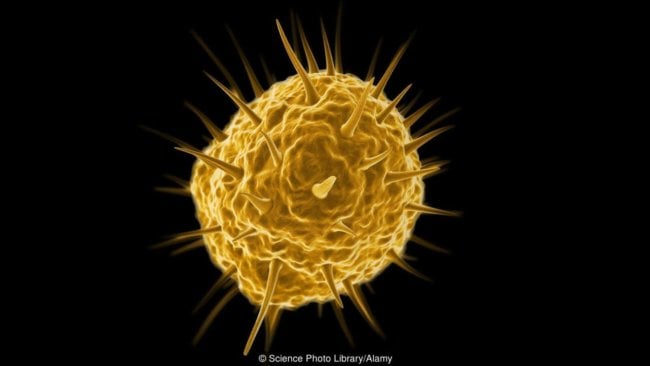
The study 2014 scientists under the leadership of Clavery revived two viruses captured permafrost of Siberia for 30,000 years. Known as Pithovirus sibericum and Mollivirus sibericum, they are considered a “giant virus”, because unlike most viruses, they are so large that they can be seen under an ordinary microscope. They were found at a depth of 30 meters in the coastal tundra.
Immediately after recovery, the virus became infectious. Fortunately for us, specifically these viruses infect only single-celled amoeba. However, research suggests that other viruses, which can infect humans, too, can be revived.
Moreover, global warming does not have to melt the permafrost, to be a threat. As Arctic sea ice melts, the Northern shore of Siberia, it becomes easier to reach by sea. Obviously, it becomes more profitable industrial development, including mining and minerals, oil drilling, natural gas extraction.
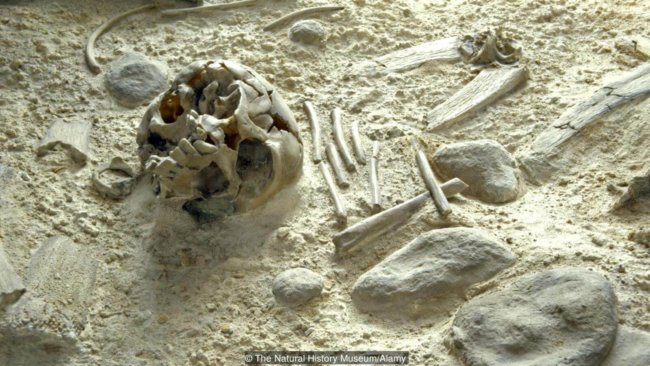
“At the moment, these areas are empty, and the deep layers of permafrost nobody touches,” says Clavery. “But these ancient layers you can get in the process of excavation and drilling operations. If viable virions are still living there, it will be a disaster”.
Giant viruses may be the most likely perpetrators of the viral outbreak.
“Most viruses rapidly inactivated outside the host cell due to the light, drying, or spontaneous biochemical degradation,” says Clavery. “For example, if their DNA is damaged and can not be restored, the viruses cease to be infectious. However, among known viruses, the giant viruses tend to be very durable and resistant.”
Clavery said that, you may experience the virus from the first people who inhabited the Arctic. We could even see the viruses long extinct species of hominids like the Neanderthals and the denisovans, who settled in Siberia and were exposed to different viral diseases. In Russia found the remains of Neanderthals aged 30-40, 000 years. Populations of people lived there, was sick and dying for thousands of years.
“The possibility that we can catch a virus from a long-extinct Neanderthal, suggests that the idea that the virus can be “eradicated” from the planet, is wrong and gives us a false sense of security. That’s why vaccine supplies must be stored just in case”.
2014 Clavery analyzes the DNA content of perennial permafrost in the search for genetic signatures of viruses and bacteria that can infect humans. He found lots of bacteria that can be dangerous for people. Bacteria have DNA that encodes virulence factors: molecules that produce pathogenic bacteria and viruses which increase their ability to infect the host.
Team Clavery also found several DNA sequences that seem to come from viruses, including herpes. But traces of smallpox have not yet found. For obvious reasons, they weren’t trying to revive any of the pathogens.
It may well be that the pathogens, which have lost the habit of people who can manifest in other places and not just from ice or permafrost.

In February 2017, NASA scientists said that the microbes found age 10-50, 000 years in the crystals in the Mexican mine. These bacteria were located in the Cave of Crystals, part of the shaft in Nice in Northern Mexico. The cave contains a lot of milk-white crystals of the mineral Selenite, which was formed over hundreds of thousands of years.
The bacteria were trapped in small pockets of liquid crystals, but as soon as they pulled out, they revived and began to multiply. These microbes are genetically unique and may be new species, but scientists have not yet published their work.
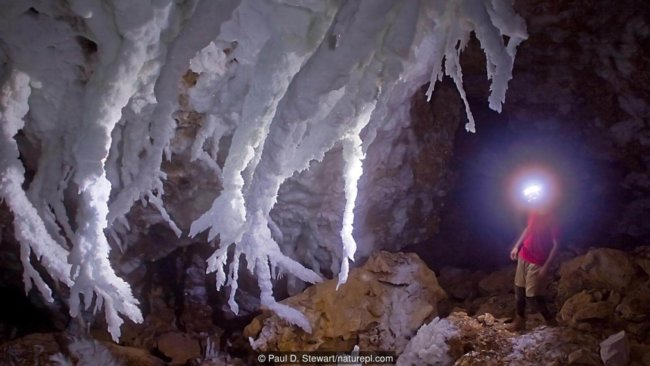
In the cave Lechuguilla in new Mexico, 300 feet below ground found even older bacteria. These microbes have not seen the surface over 4 million years. The cave had never seen sunlight and has been isolated for 10,000 years from surface waters.
Despite this, bacteria somehow were resistant to 18 types of antibiotics, including drugs that were considered “the last frontier” in the fight against infections. In a study published in December 2016, scientists have discovered that bacteria known as Paenibacillus sp. LC231 were resistant to 70% of antibiotics.
Because bacteria were completely isolated in a cave for four million years, they did not come into contact with people or antibiotics, which we treat infection. It turns out, their resistance to antibiotics appeared otherwise.
Scientists believe that the bacteria that do not cause harm to people, among many others produce natural antibiotic resistance. That is, this is the antibiotic resistance exist for millions or even billions of years.
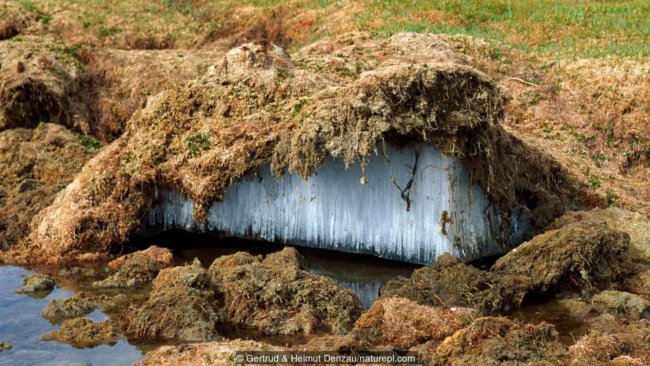
Obviously, this antibiotic resistance could not evolve in a clinic in the use of antibiotics.
The reason for this is that many types of fungi and even other bacteria naturally produce antibiotics to gain a competitive advantage over other microbes. So Fleming first discovered penicillin: the bacteria in the Petri dish died after pollution-producing antibiotics fungi.
In caves, where little food, organisms need to be ruthless if you want to survive. Bacteria like Paenibacillus, perhaps, was to develop resistance to antibiotics to avoid death from competing organisms.
This explains why the bacteria are resistant to natural antibiotics come from bacteria and fungi, and make up about 99.9% of all us antibiotics used. Bacteria never encountered with an artificial antibiotics, so have to them resistance.
“Our work and that of others suggests that antibiotic resistance is not something new,” says microbiologist hazel Barton of the University of Akron, Ohio, who led the study. “Our bodies were isolated from the surface for the past 4-7 million years, but the resilience they have, genetically identical to that found in surface types. This means that these genes are at least as old and did not appear due to the fact that people began to use antibiotics”.
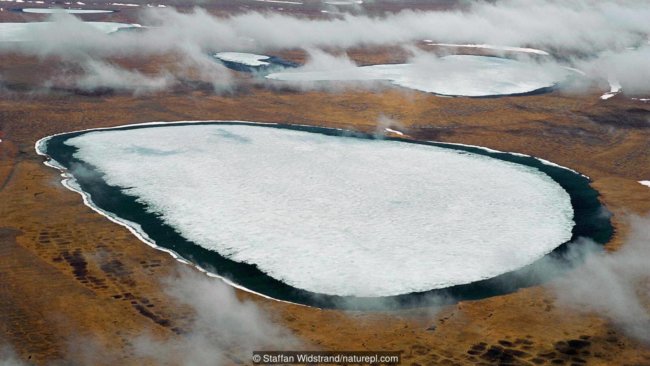
Although Paenibacillis not harmful to humans, in theory it can transfer its antibiotic resistance to other pathogens. But since it is isolated under 400 meters of rocks, it seems unlikely.
Nevertheless, the natural antibiotic resistance to antibiotics is probably so common that many of the bacteria emerging from melting permafrost, may have to have it. In confirmation of this study in 2011, scientists have extracted DNA from bacteria, discovered in the permafrost of the age of 30 000 years in the Bering sea. They found genes encoding resistance to beta-lactam, Tetracyclinum and glycopeptide antibiotics.
Should we worry about?
It is believed that the risk of pathogenic microbes from the permafrost of the inherently unknowable, and therefore experience is not necessary. Instead, we should focus on more obvious threats of climate change. For example, as warming of the Earth North of the country can become more susceptible to outbreaks of the “South” of diseases like malaria, cholera and dengue fever, since their pathogens thrive in the heat.
Then there is the view that we should not ignore the risks when we can’t quantify.
“There is a non-zero probability that the pathogenic microbes can revive and infect us,” says clavery. “How likely is not yet known, but likely. Maybe these bacteria can be cured with antibiotics, resistant bacteria, virus. If the pathogen has not been in contact with people for a long time, the immune system is not ready. So the danger is”.
In terrestrial glaciers Wake up dangerous disease
Ilya Hel